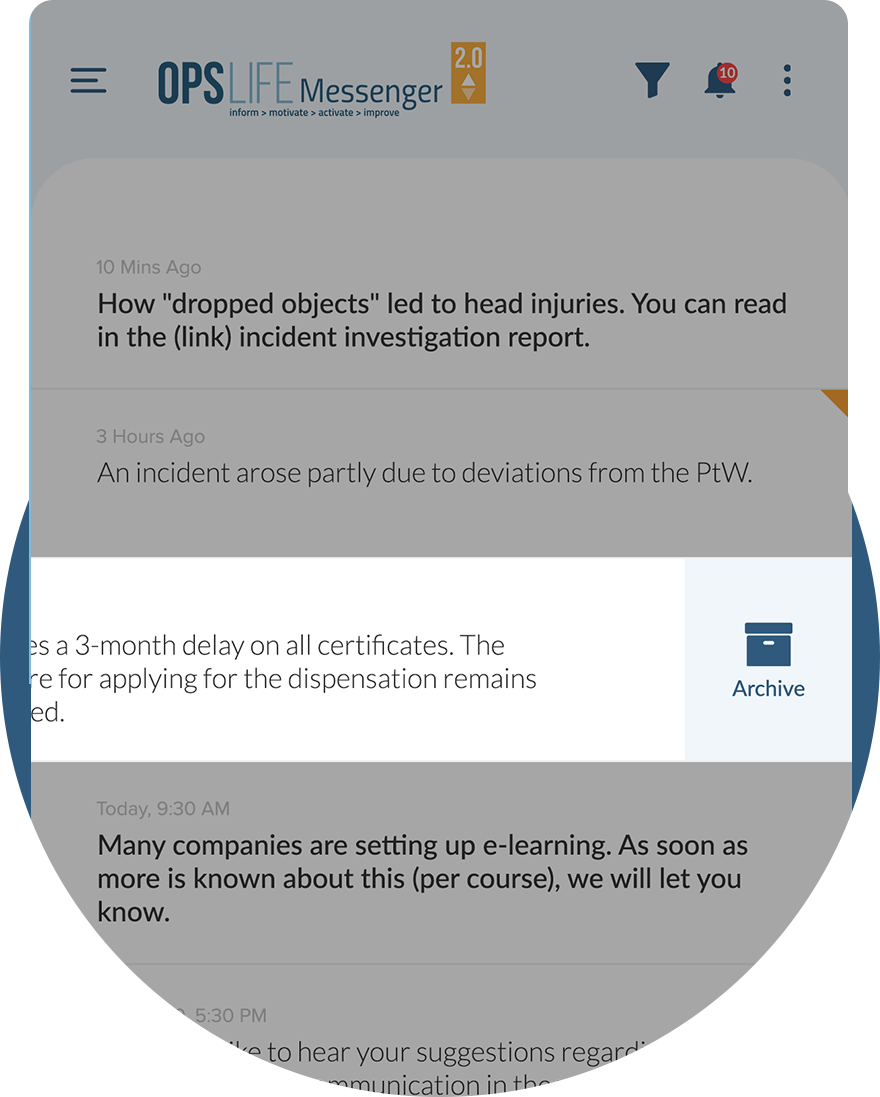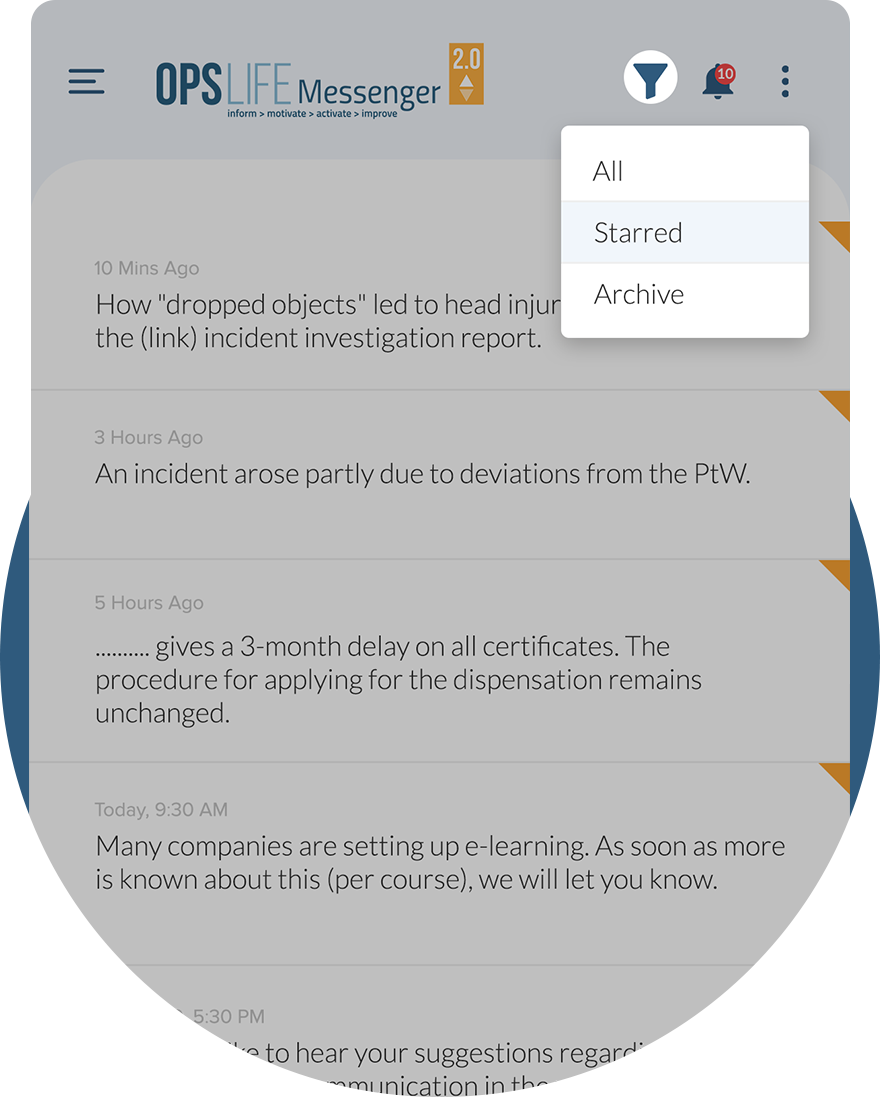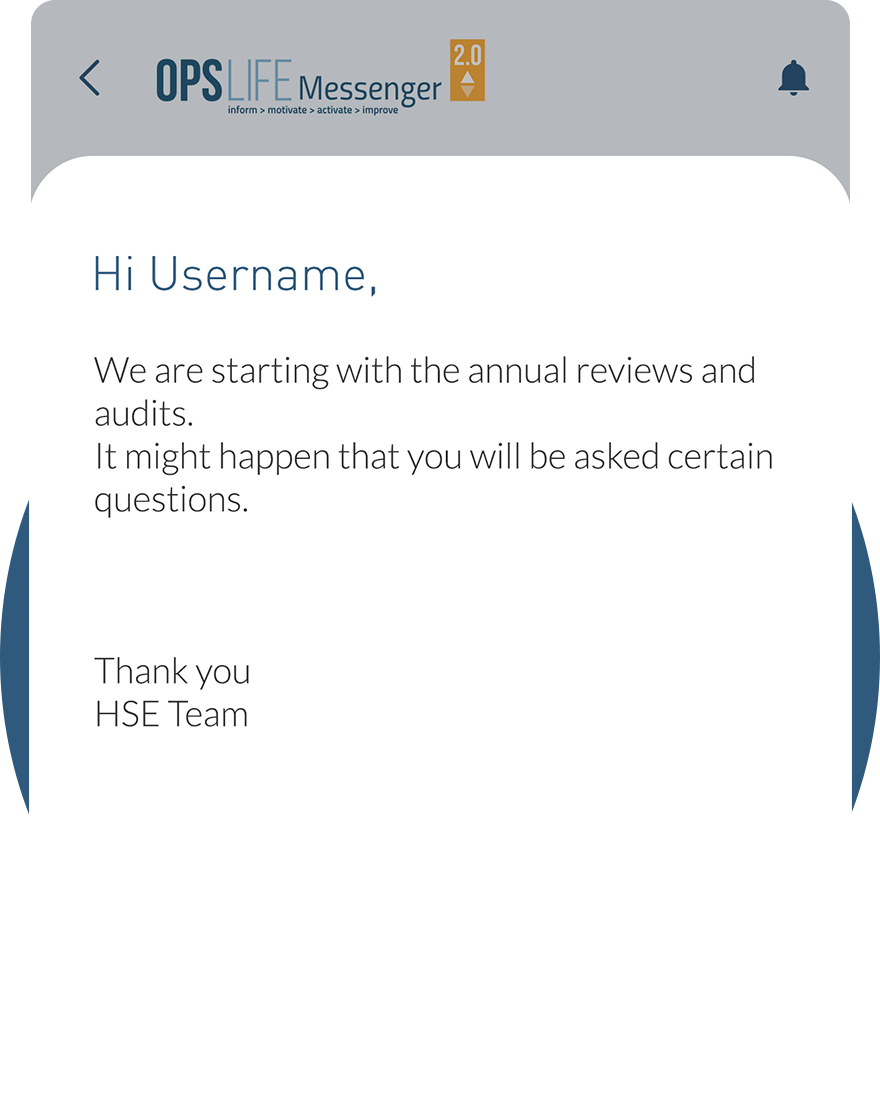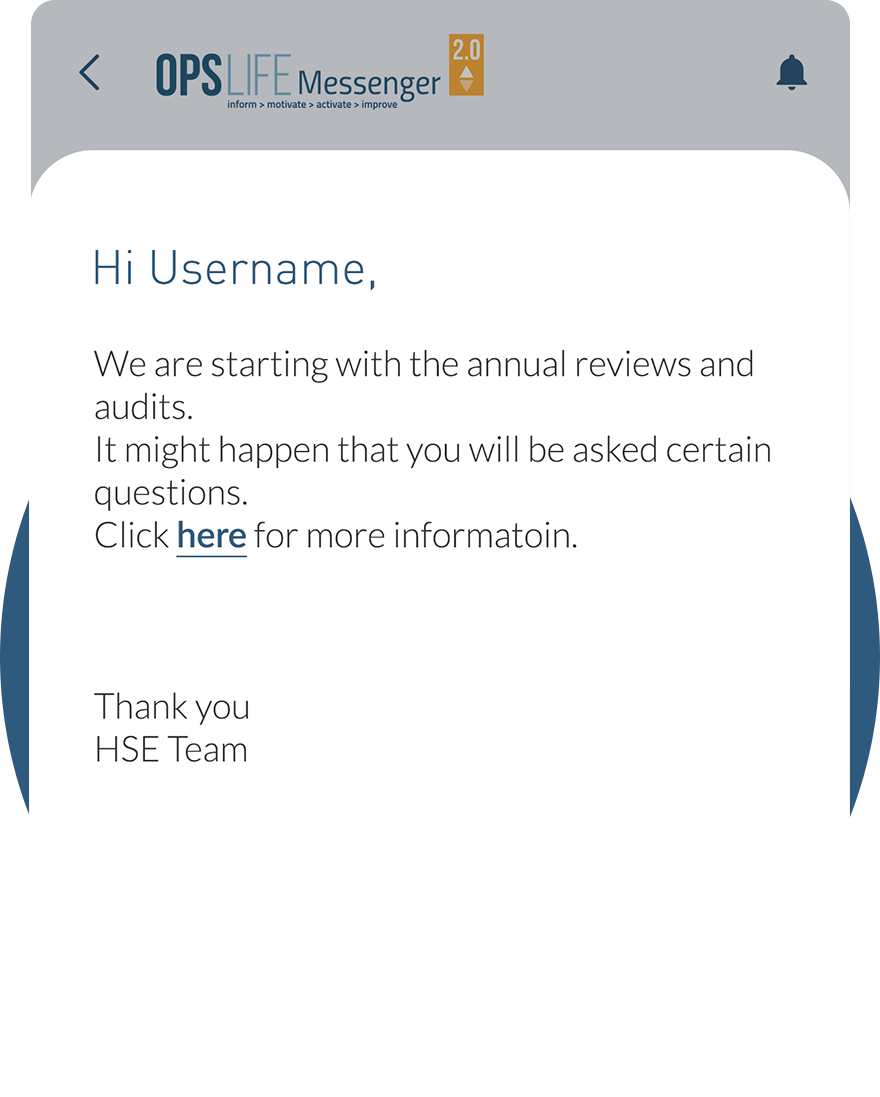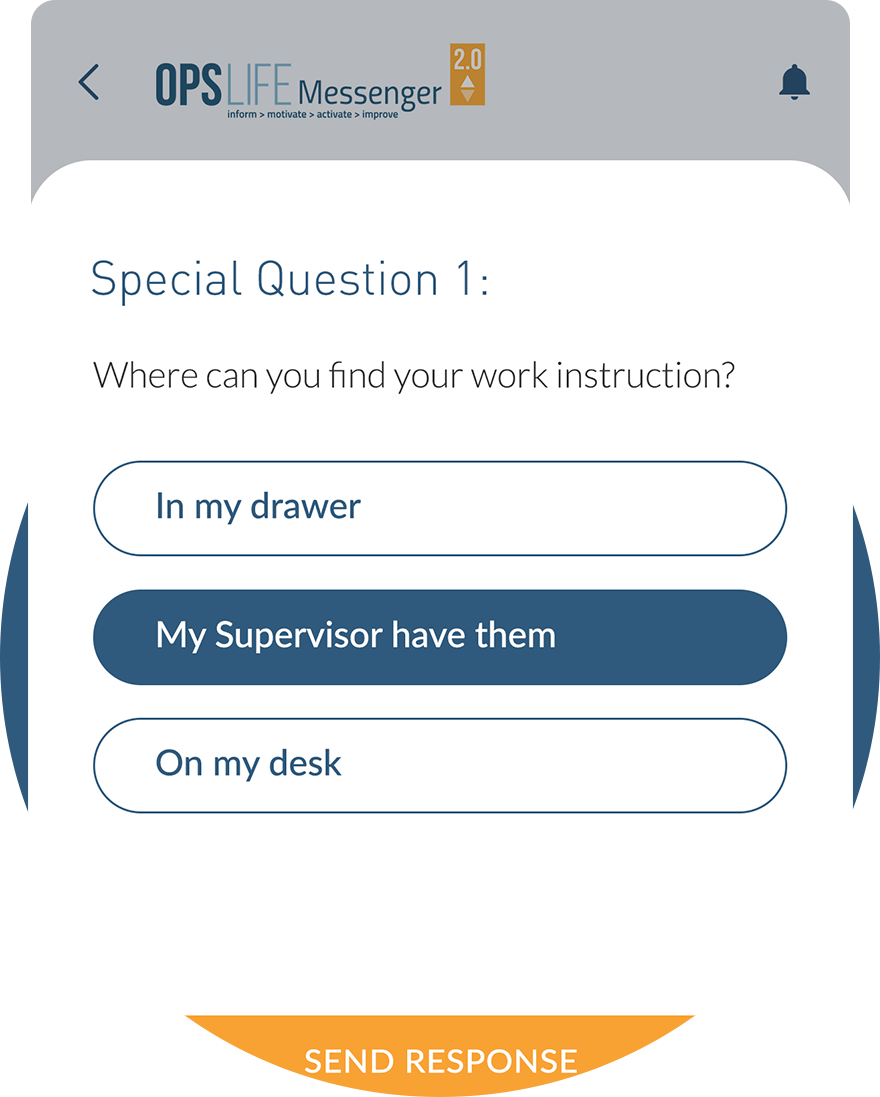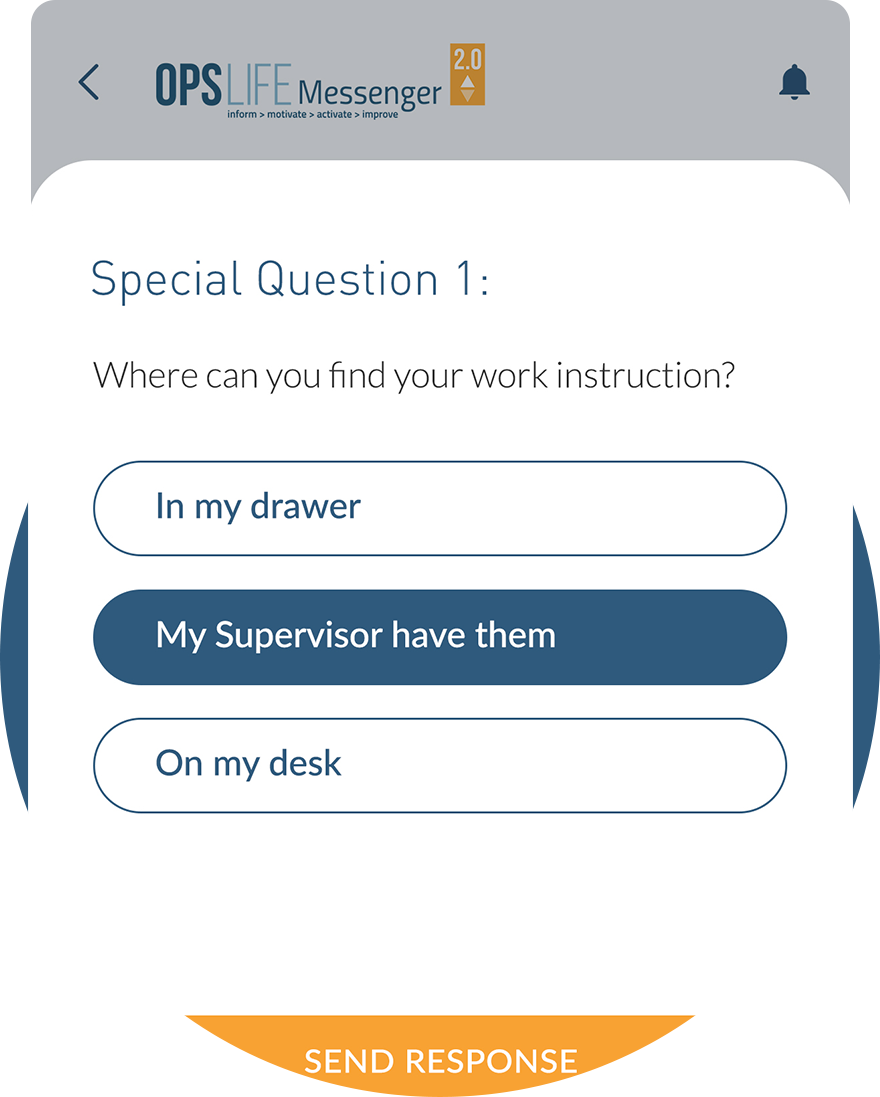Basic HSE information about Avoiding hand injuries and set of tools to be used at work
Avoiding hand injuries
- Workplace Information
- Toolbox Information
- Check Your Knowledge
- Action Focus Campaign
IMPORTANT INFORMATION
- Discuss the tasks and risks beforehand. If in doubt, do not start work!
- Use the gloves prescribed for the job in question.
- Do not remove any protective covers, barriers or safety devices of the machines.
- Avoid injuries by working hands-free wherever possible. Keep your hands out of the danger zone.
- Remove all rings and jewelry during work.
WHAT IS IT?
Injuries to limbs, especially to various parts of the hand or fingers, comprise approximately 85% of all serious injuries. Half of all workplace accidents involve hand injuries. In most cases, these accidents occur when handling objects. The injuries caused by this are usually broken, trapped or severed fingers. Therefore it is very important to discuss each specific task, and the risks, beforehand.
HAZARDS
There are many potential hazards that can cause injury to hands and fingers, such as working with sharp and heavy objects or with objects that are difficult to handle. Hands are susceptible to injury due to the hazards of crushing, moving machinery, electric shock, contact with hot or cold objects and chemicals.
If you are alert and act correctly, hazards rarely lead to incidents. Incidents and injuries are more likely to occur in the event of:
- distraction, fatigue or lack of concentration
- insufficient risk assessment or lack of experience
- using the wrong type of gloves for the work you do
- cutting corners, for example – circumventing precautionary measures
- prioritizing productivity over safety due to predetermined deadlines
- incorrect lifting or exertion of force
- using the wrong equipment for the job
- a change in the scope of the task
- inadvertently placing your hands in the wrong place
PREVENTION
The best way to avoid injury is to keep your hands out of the danger zone and work hands-free wherever possible. This means, for example, that you:
- should not touch a load
- only place your hands on handles
- do not remove any protective covers, barriers or safety devices from machines
- ensure that your hands are completely free before switching on any machinery power
Remove all rings and jewelry during work. Finally, always follow the correct procedure and intervene in the event of unsafe situations or actions. If in doubt, stop working and report to the HSE Manager.
PROTECTION
Protect your hands by wearing the right gloves. Your employer is responsible for providing these gloves. You are responsible for ensuring that you always have the right gloves with you. There are many different safety gloves. Ask your company for clarification as to the correct gloves to be worn for differing tasks.
IN CASE OF...
Should it unfortunately nevertheless occur that hands and/or fingers are injured, stop work immediately and seek for help. Report to your HSE Manager and call in a doctor or medic if necessary.
Start your daily work with safety!
Onscreen presentation is very useful to use during work preparation or toolbox meetings. It provides short and concrete information. Five questions and answers at the end of presentation can be used to make the meeting more interactive and to give conversation a boost.
Be always prepared for the work!
It is of utmost importance to be well prepared before you start the work.
By clicking on the button below you can check your knowledge about this HSEQ subject.
After completion of the knowledge check, your certificate will be visible in
MY ACCOUNT > My training.
